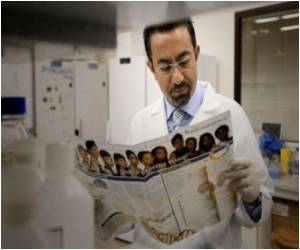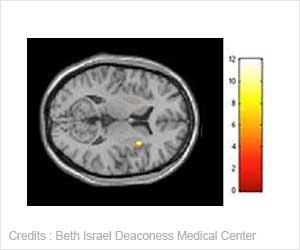A new platform for detecting pathogenic bacteria using bacteriophages, viruses that use bacteria as their host is being explored by a research team in Canada.

‘Recombinant phage-receptor-binding proteins (RBPs) responsible for phage-host specificity can be used as biological probes and present numerous advantages over the use of a whole phage.’





During
the AVS 63rd International Symposium and Exhibition being held November
6-11, 2016, in Nashville, Tennessee, Stephane Evoy, an applied physicist
from the University of Alberta, will explain how the team recognized
the limited reliability of antibodies in providing bacteria detection
with specificity. Instead they used phage-derived proteins, proteins
developed from the bacteria-invading viruses, for detection of
pathogenic bacteria to address this deficiency. This work has
implications not only in disease diagnosis, but also in food and water
safety. “The high specificity of phages offers a potent alternative for the targeting of pathogens," Evoy said. "More specifically, recombinant phage-receptor-binding proteins (RBPs) responsible for phage-host specificity can be used as biological probes and present numerous advantages over the use of a whole phage."
The study used skim cow milk spiked with different phages or combinations of phages, such as mycobacteria (MAP) and Escherichia coli cells, and a unique process to capture the DNA after incubation. The entire process took less than 24 hours and resulted in significantly better sensitivity of detecting targeted DNA.
“The use of phage-derived proteins in such a manner was quite unique when we started that work back in 2005, but since then the approach thrived, and multinational companies integrated this into their product line,” Envoy said. “However, there is still a lot of work to be done in terms of applying the technology to diseases such as tuberculosis and staphylococcus infections.”
In addition to demonstrating this capture technique, the research team designed and developed a sophisticated bacteria detector comprised of an array of microresonators, able to enumerate bacteria over a large area and detect the attachment of a single cell anywhere on the array. The devices were prepared with their phage proteins, adding this high specificity of detection to the spatial precision offered by the array design.
Advertisement
Source-Eurekalert










